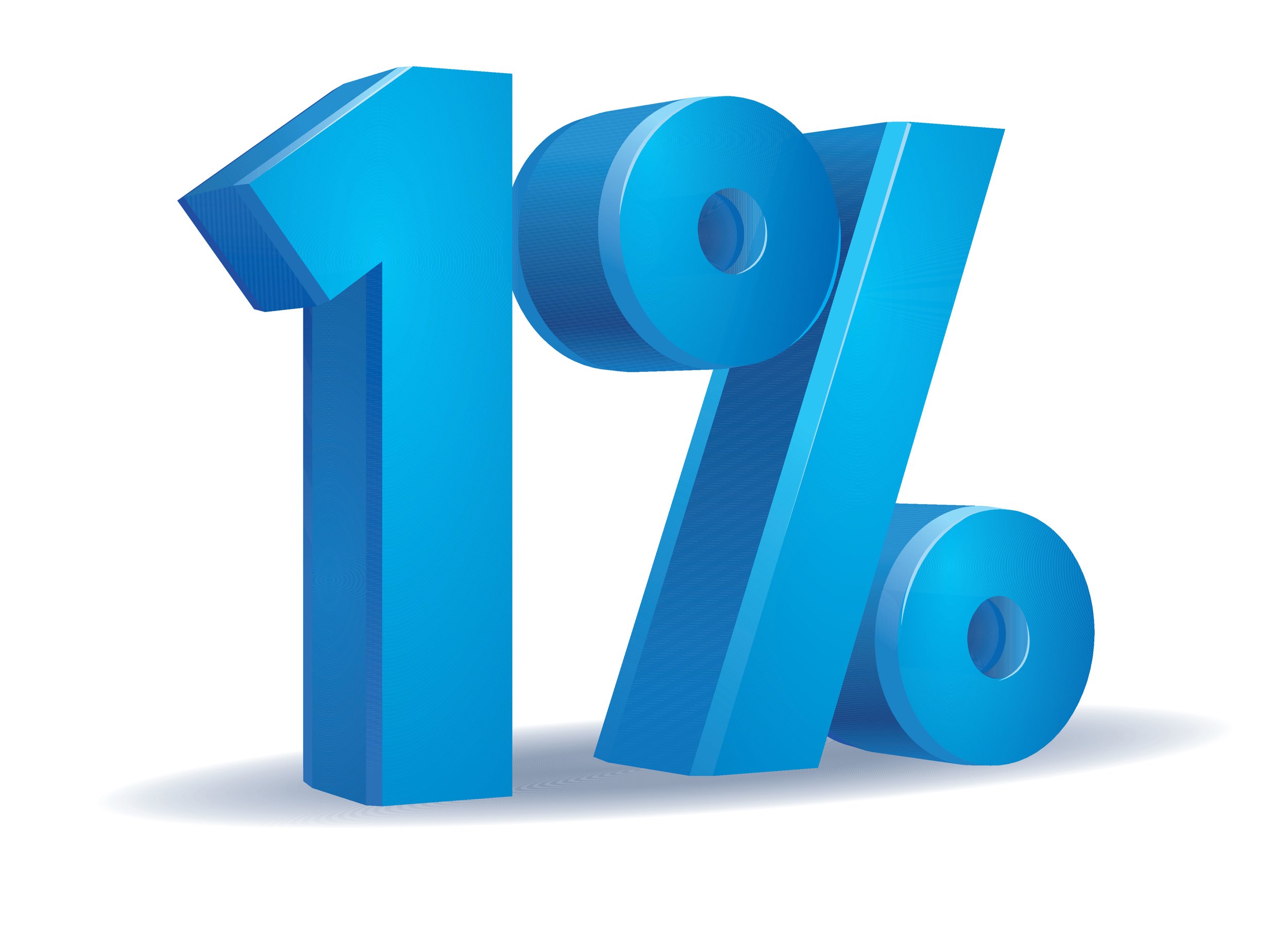1% Money Habit
By Melissa Tosetti
Pay yourself first is the initial piece of advice just about every financial expert will spout.
If you’re not familiar with this phrase, it’s the habit of putting money into savings such as an Emergency Fund or 401(k) type account, prior to spending a dime on anything else – including your bills.
One of the things we’ve found in our work is that often, being consistent in savings is challenging because we try to save too much at once.
We go from not saving anything at all to trying to save 10% or more of our income without a plan. Then, money feels too tight, we start dipping into our savings, get frustrated and stop altogether, claiming to the world that we’re just “not good savers”.
It isn’t that we’re bad savers. It’s just a matter of trying to do too much at once.
In our experience of working with clients, those who have the most success when it comes to saving money have done so by setting and achieving incremental goals.
With this in mind, we created The 1% Challenge.
The goal of the challenge is to help you build to your ultimate savings goal in baby steps.
Begin the challenge right now by calculating what 1% of your paycheck is and set up an automatic transfer of that amount. To give you an example, if your take home pay is $2,000, then 1% is just $20.
I know that for some people, just saving $20 a paycheck doesn’t seem worth it, but the goal is to build that savings slowly so you can increase your likelihood of success. Equally important, you’re also building the habit of savings.
The next step of the challenge happens in April when you'll increase the amount going into savings by another 1%. The total amount now being saved each paycheck is $40.
Every three months you'll increase your savings by an additional 1%.
In one year you’ll be saving 5% of your income. That’s powerful!
One of the benefits of incrementally building your savings is you can get used to living with a little less money before the next increase in savings. You have an opportunity to ease into your new financial lifestyle.
If you plan to take on the challenge, get started now!
